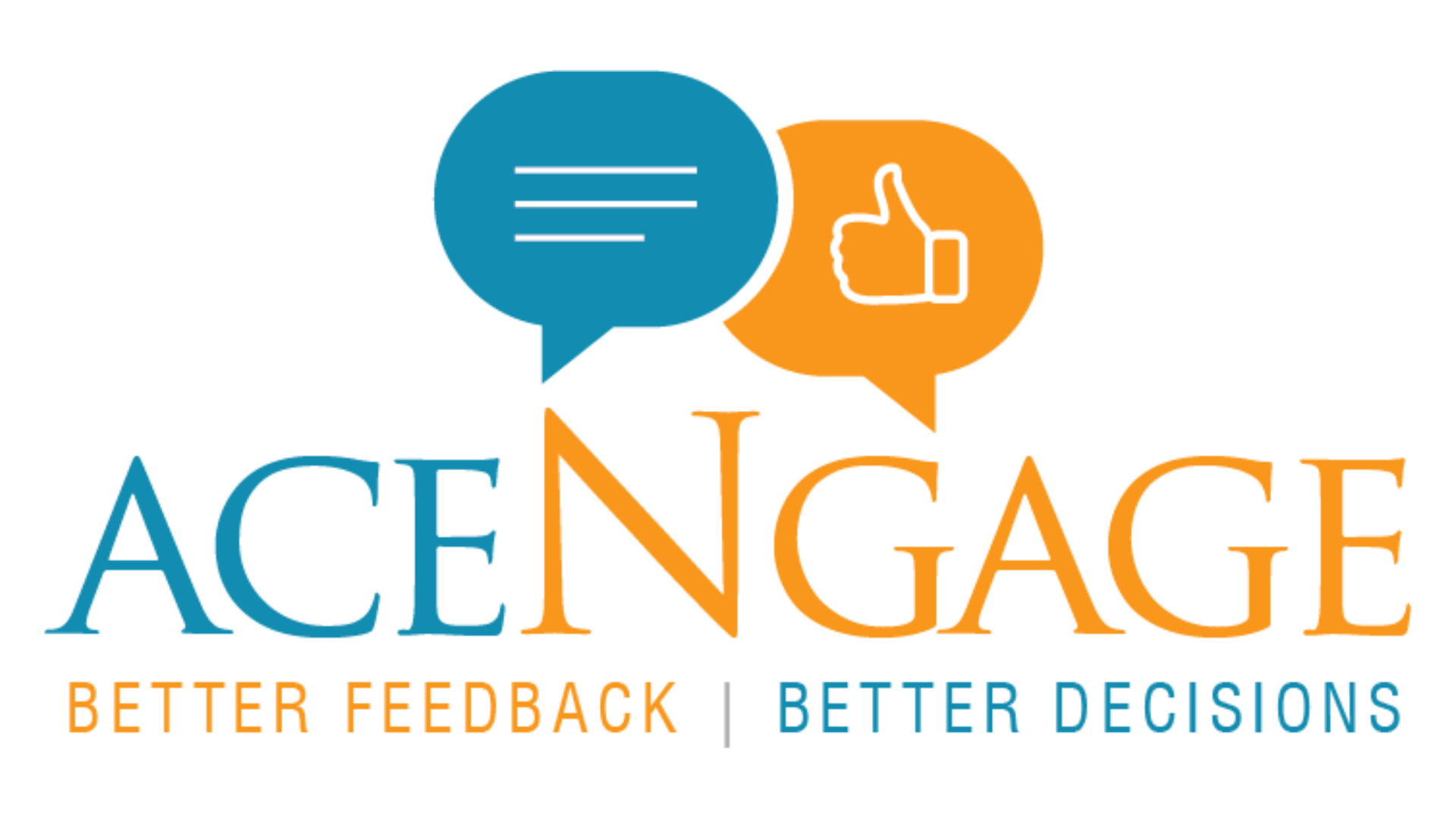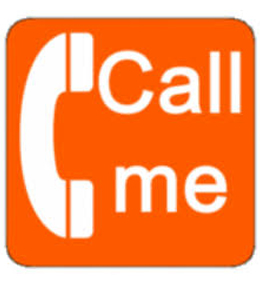There are hundreds of attributes to profile a personality especially at the workplace. There are as many profiling methods as the different types of personality profiles.
Many organizations spend an enormous amount of time and resources to psychologically profile employees to better understand their alignment of the profile to the role, business goals and as a valuable input to identify what will and will not motivate an individual or the team.
Over the years, they way co-workers communicate with each other has evolved significantly. Person-to-person interactions today have multiple options as compared to what was available a century ago. From either “face to face” or “paper mails” then, we now have phones both landline and mobiles, internet, emails, social media like FB, twitter etc.
Today an average individual is connected to more number of people than historically one ever did. By virtue of the medium used, “in person” interactions may have declined but “virtual” interactions have exponentially increased. On both counts, the trend as we observe people around us suggests a continuously increasing one for quite some time to come.
Just for the moment, I will leave the “social dimension of connecting” out of scope in this discussion. Let’s get back to the work place. The question is what are you…Are you a “mail me” or “call me” type of personality?
At the heart of everything we do in the workplace is about “communicating”. This includes all kinds of work related communication such as interacting with the boss, peers, sub-ordinates, other co-workers, customers, vendors, partners and all other extended communities.
More recently, workplace communications are even more pervasive and the sense of when one is at work and when one is not has become completely blurred. As suggested earlier, this is not even taking into account the influence of connecting over the social media.
In this context of “work related” communication, there seems to be an opportunity for one more way of profiling people on the basis of their individual preference regarding how they would like to be reached and how they like to reach out to any of the target audience. There are the “Mail me” and there are the “Call me” types. These are not exclusive clubs i.e. the “mail me” don’t call or the “call me” don’t mail. Individuals seem to have heavy tilt to one style as compared to the other.
It would be grossly inappropriate to be judgmental about this and arrive at the existence of a better option between the two. Circumstances under which one has to choose to “mail or call” significantly influences the choice one makes, besides the target audience. Rest assured that you will always be at the center of the puzzle you are trying to resolve.
What is very important is, if you as an originator of an interaction or as a participant in an interaction, you pay attention to the type of personality are you interacting with. By choosing the correct option between “mail me” and “call me” you can alter the perception of the other person with whom you are interacting. By getting it right, you can control the outcome of an interaction to a much greater extent.
The correct alignment of “mail me” or “call me” between the originator and the target audience, is no way connected to better outcomes. It will most definitely improve the chances of a better outcome just by taking away the heat due to friction of mismatch between “call me” and “mail me” styles.
For those who feel very strongly and are heavily tilted to one side between the two options, you may want to look at increasing your flexibility to be able to manage either option equally comfortably. If you hold a position of power and authority, your team members may fall in line and synchronize with your preference. It does not mean they happily buy your idea, especially when it doesn’t make sense.
Going forward, in the not too distant future, you’ll need to answer another question…“Inbox me”, “WhatsApp me”, “Tweet me” Where will you be then?








One Response
well said by author. the employees are changing their communication methods as per the latest trends..